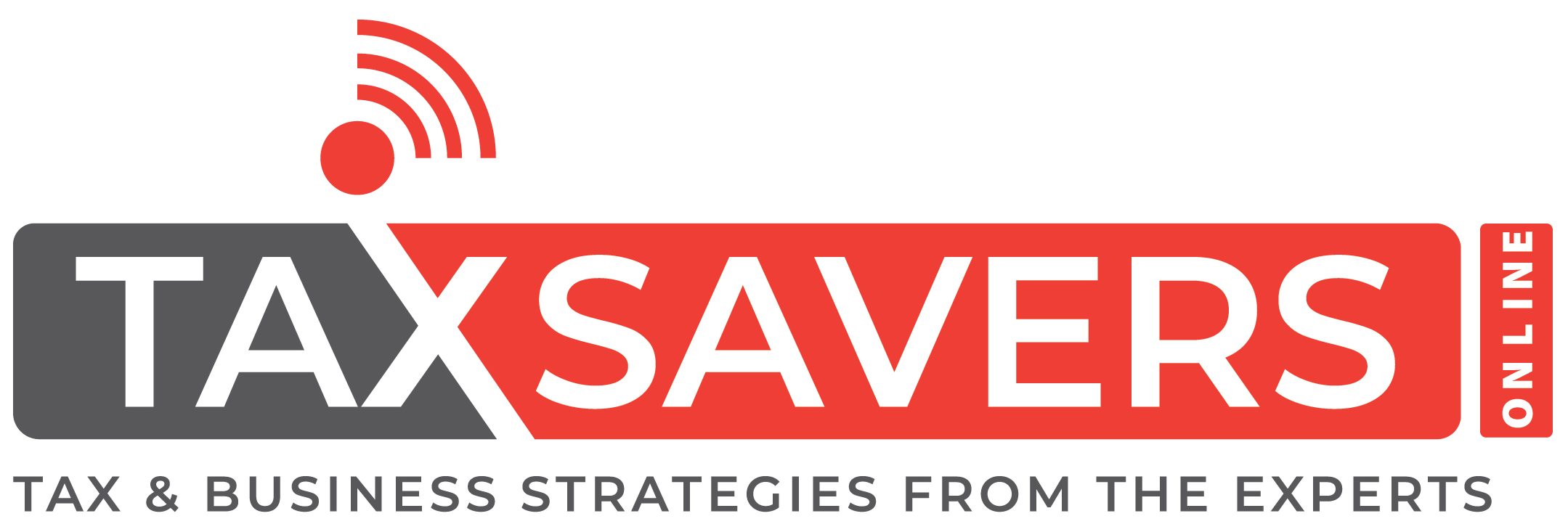Are you trying to find out Which Depreciation Method is most frequently used in business Today? We can help explain this. Keep reading and find out.
Contents
What is Depreciation?
Depreciation is the process of allocating the cost of a tangible asset over its useful life. This means that the cost of the asset is spread out over the time period during which it is expected to provide economic benefits to the business.
When a business purchases a tangible asset, such as a building, a piece of equipment, or a vehicle, the entire cost of the asset is not immediately expensed in the year of purchase. Instead, the cost is allocated over the useful life of the asset through the process of depreciation.
Depreciation is important for financial reporting purposes as it allows businesses to match the cost of an asset with the revenue it generates over time. Depreciation is recorded as an expense on the income statement, which reduces the net income of the business, and the accumulated depreciation is recorded on the balance sheet, which reduces the carrying value of the asset over time.
Most Frequently Used Depreciation Method
Based on our research and working with thousands of returns we have discovered that:
The most commonly used depreciation method in businesses today is the straight-line depreciation method. This method is widely used because it is simple, easy to understand, and provides a consistent depreciation expense each year.
Under the straight-line depreciation method, the cost of an asset is spread out evenly over its useful life, which is the estimated period of time the asset is expected to be used in the business before it becomes obsolete or unusable. This means that the same amount of depreciation expense is recorded each year until the end of the asset’s useful life.
While there are other depreciation methods available, such as the accelerated depreciation method, which allows for higher depreciation expenses in the early years of an asset’s life, the straight-line method remains the most popular choice for many businesses
Common Depreciation Methods Used in Businesses Today?
There are several common depreciation methods used in businesses today, including:
- Straight-line depreciation: This method spreads the cost of an asset evenly over its useful life. The annual depreciation expense is calculated by dividing the cost of the asset by its useful life.
- Accelerated depreciation: This method allows for a higher depreciation expense in the early years of an asset’s life, with lower expenses in the later years. The most common accelerated depreciation methods include the double declining balance method and the sum-of-the-years’ digits method.
- Units-of-production depreciation: This method allocates the cost of an asset over its useful life based on the number of units it produces or the number of hours it is used. This method is often used for assets that are heavily used or have a high risk of obsolescence.
- Modified accelerated cost recovery system (MACRS): This method is used for tax purposes and allows businesses to recover the cost of an asset over a set period of time based on its class life and recovery period.
The choice of depreciation method can depend on factors such as the type of asset, its expected useful life, and the tax laws applicable to the business. It is important for businesses to carefully consider their options and select the most appropriate depreciation method for their specific circumstances.




